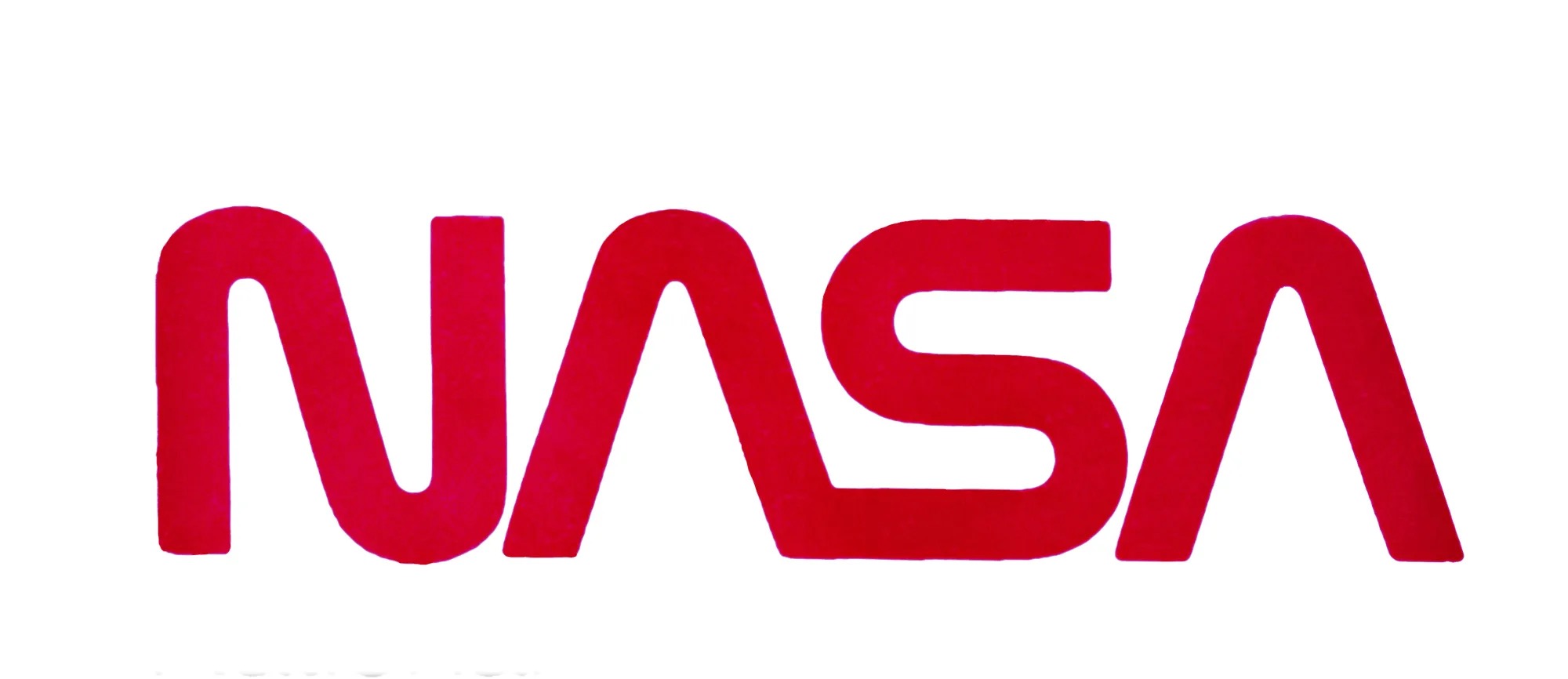From The National Aeronautics and Space Administration
Via
6.14.24
Stefanie Waldek
Calla Cofield
Jet Propulsion Laboratory, Pasadena, Calif.
626-808-2469
calla.e.cofield@jpl.nasa.gov

Image credit: NASA
The spacecraft has resumed full science operations after a technical issue began creating complications in November 2023.
All right, everyone — we can all breathe a sigh of relief. NASA’s Voyager 1 spacecraft is fully operational once more, with all four science instruments returning usable data to Earth.
The problems began in November 2023, when Voyager 1 lost its ability to “speak” with us. More specifically, it started sending to Earth unintelligible data instead of its normal 0s and 1s of binary code. Of course, Voyager 1 is 46 years old — ancient for a spacecraft — so it wasn’t entirely a surprise that its health might be waning. And that’s not to mention that it’s in entirely uncharted interstellar territory, some 15 billion miles (24 billion kilometers) from Earth.
Voyager 1’s dogged team was determined to not only figure out what went wrong, but also to fix the problem. And they’ve succeeded! Controllers identified where the issue was located: the flight data subsystem (FDS), used to “package” data to be sent to Earth. Further sleuthing revealed the exact chip causing the problem, which allowed them to find a workaround.
After the team relocated the code to a new location in the FDS, Voyager 1 finally sent back intelligible data on April 20, 2024 — but only from two of its four science instruments. Now, just two months later, Voyager 1’s remaining two science instruments are back up and running, communicating effectively with mission control on Earth.
Even if Voyager 1 had gone dark for good, however, the mission would still have been a wild success. After it launched in 1977, its primary mission was to study Jupiter and Saturn — that was accomplished by 1980. (Its twin spacecraft, Voyager 2, went on to study Uranus and Neptune.) But Voyager 1 is on an unstoppable path. Continuing its journey away from Earth, the spacecraft entered interstellar space in 2012, returning crucial data about this mysterious realm.

Now that Voyager 1 is back online, the team will continue to “touch up” the spacecraft to get it back in top form, including resynchronizing its timekeeping software to execute commands at the right time, as well as performing maintenance on the digital tape recorder that measures plasma waves. And hopefully, Voyager 1 will have a long, happy life ahead.
See the full article here .
Comments are invited and will be appreciated, especially if the reader finds any errors which I can correct.
five-ways-keep-your-child-safe-school-shootings
Please help promote STEM in your local schools.

The National Aeronautics and Space Administration is the agency of the United States government that is responsible for the nation’s civilian space program and for aeronautics and aerospace research.
President Dwight D. Eisenhower established the National Aeronautics and Space Administration (NASA) in 1958 with a distinctly civilian (rather than military) orientation encouraging peaceful applications in space science. The National Aeronautics and Space Act was passed on July 29, 1958, disestablishing NASA’s predecessor, the National Advisory Committee for Aeronautics (NACA). The new agency became operational on October 1, 1958.
Since that time, most U.S. space exploration efforts have been led by NASA, including the Apollo moon-landing missions, the Skylab space station, and later the Space Shuttle. Currently, NASA is supporting the International Space Station and is overseeing the development of the Orion Multi-Purpose Crew Vehicle and Commercial Crew vehicles. The agency is also responsible for the Launch Services Program (LSP) which provides oversight of launch operations and countdown management for unmanned NASA launches. Most recently, NASA announced a new Space Launch System that it said would take the agency’s astronauts farther into space than ever before and lay the cornerstone for future human space exploration efforts by the U.S.
NASA science is focused on better understanding Earth through the Earth Observing System, advancing heliophysics through the efforts of the Science Mission Directorate’s Heliophysics Research Program, exploring bodies throughout the Solar System with advanced robotic missions such as New Horizons, and researching astrophysics topics, such as the 



And now NASA’s PACE spacecraft will help us better understand our ocean and atmosphere by measuring key variables associated with cloud formation, particles and pollutants in the air, and microscopic, floating marine life (phytoplankton). These observations will help us better monitor ocean health, air quality, and climate change.

NASA shares data with various national and international organizations such as The Japan Aerospace Exploration Agency [国立研究開発法人宇宙航空研究開発機構](JP) and The European Space Agency [La Agencia Espacial Europea] [Agence spatiale européenne] [Europäische Weltraumorganization](EU).


